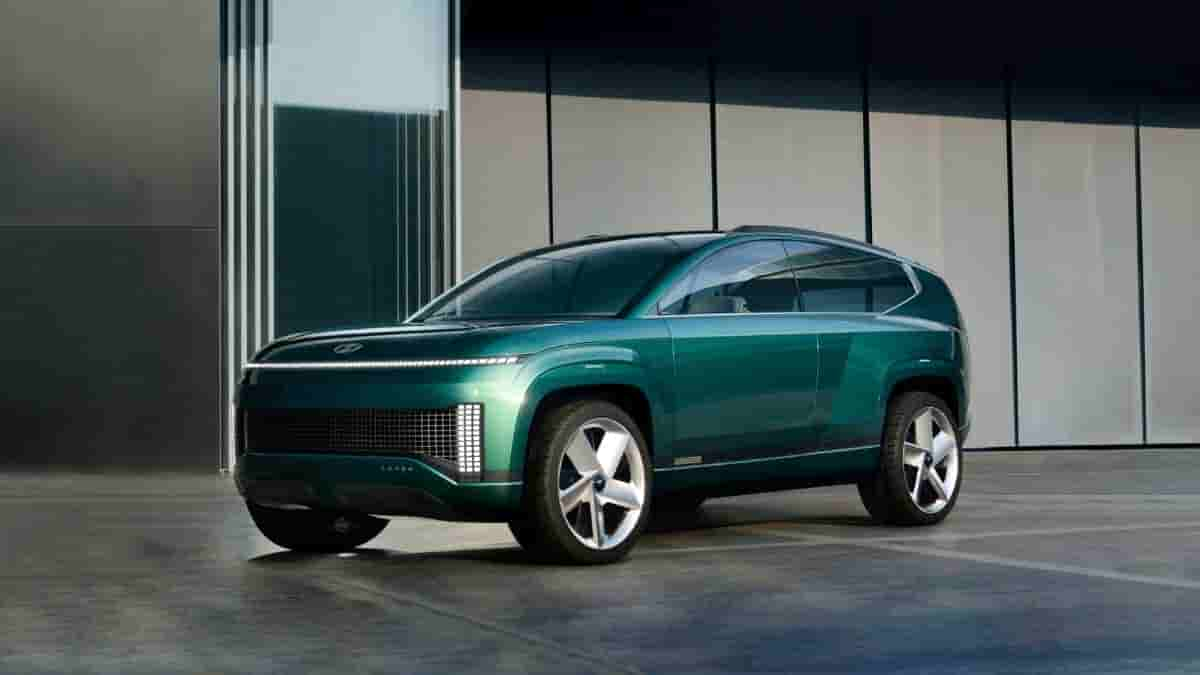Essential Electric Car Charging Safety Tips for Optimal Protection and Longevity

Charging an electric vehicle (EV) might seem as straightforward as plugging in your mobile phone, but the implications and precautions involved are notably different. Unlike your handheld device, an EV’s battery holds substantial power, and the charging process involves a significant flow of electricity. To ensure not just the efficiency of your vehicle’s battery but also your own safety, it’s crucial to follow specific measures during the charging process.
Let’s delve deeper into these imperative safety measures to mitigate potential risks of fire hazards or electrical shocks and ensure the optimal performance and durability of your electric car.
Safe Charging at Home: Empowerment Through Choice
Level 1 Charging: A Steady Start
Level 1 charging offers a convenient, slow-paced method that doesn’t necessitate any specialized installations. This method employs a standard 120-volt AC outlet and typically accompanies many electric vehicles and plug-in hybrids (PHEVs). For secure Level 1 charging:
· Opt for certified charging equipment adhering to stringent safety standards.
· Ensure direct connection of Level 1 charging cords to outlets capable of handling the amperage.
· Steer clear of using extension cords or multiplug adapters, which can compromise safety.
· Mind the placement of the charging cable to prevent trip hazards.
Level 2 Charging: The Efficiency Boost
Level 2 charging provides a substantial upgrade in speed, requiring a dedicated 240-volt circuit. This method allows for overnight charging, replenishing the mileage consumed in your daily commute. For Level 2 charging safety:
· Entrust qualified electricians with the proper installation of this charging setup.
· Maintain the charging station regularly, promptly replacing any worn or damaged components.
· Safeguard outdoor charging equipment against water damage, ensuring its longevity.
Pro tip: While charging during rainfall is generally safe, consulting your vehicle’s owner’s manual for manufacturer-specific guidance during wet conditions is advisable.
Navigating Public Charging: Caution Amidst Convenience
Accessing over 50,000 charging stations nationwide offers convenience but requires vigilance due to continuous exposure and varying levels of user maintenance. Before plugging in:
· Thoroughly inspect chargers for visible signs of damage or malfunction.
· Ensure a secure and snug plug connection, as broken clips or faulty connections pose significant safety risks.
Level 3 DC Fast Chargers, numbering around 6,800 nationwide, facilitate rapid charging but demand caution. Excessive use of these high-voltage chargers can strain your EV’s battery, potentially impacting its performance and longevity.
Pro tip: While maintaining your battery between 20% and 80% charge generally optimizes its lifespan, consult your vehicle’s owner’s manual for specific recommendations tailored to your EV’s requirements.
Personal Safety in Charging Spaces: Vigilance as a Priority
Public charging stations vary in placement, some in well-trafficked areas, others in more secluded spots. Prioritize personal safety by:
· Keeping vehicle doors locked if staying inside during charging sessions.
· Ensuring the vehicle is locked when leaving it unattended while charging.
· Maintaining vigilant awareness of your surroundings for added security.
Environmental Considerations: Harmonizing with Nature
Responsible EV charging extends beyond the act itself. It involves environmental consciousness and sustainable practices. Factors such as weather conditions, especially during outdoor charging, play a pivotal role. While EV charging stations are designed to withstand various elements, safeguarding against potential hazards, users must also take proactive measures to shield equipment from adverse conditions like heavy rains, extreme heat, or snow.
Moreover, embracing renewable energy sources for charging aligns with the eco-friendly ethos of electric vehicles. Harnessing solar or wind energy for charging can contribute to reducing the carbon footprint associated with traditional energy sources, creating a more sustainable charging ecosystem.
By considering these environmental aspects alongside established safety protocols, EV owners contribute to a safer, more eco-conscious charging environment, fostering a sustainable future for electric mobility.
Navigating Safety Recalls: Staying Informed for Peace of Mind
Staying abreast of safety recalls, particularly those concerning the battery—the most valuable EV component—is paramount. Both manufacturers and media outlets regularly share information about significant safety issues affecting your vehicle.
By diligently adhering to these comprehensive safety measures, you safeguard not only the health and longevity of your EV’s battery but also prioritize your personal safety during the charging process.
As the EV landscape continues to evolve, it’s imperative to adopt a comprehensive approach to ensure safe charging practices. Alongside the technicalities of charging equipment and personal safety measures, a holistic perspective encompasses additional facets vital for an uninterrupted and secure charging experience.


